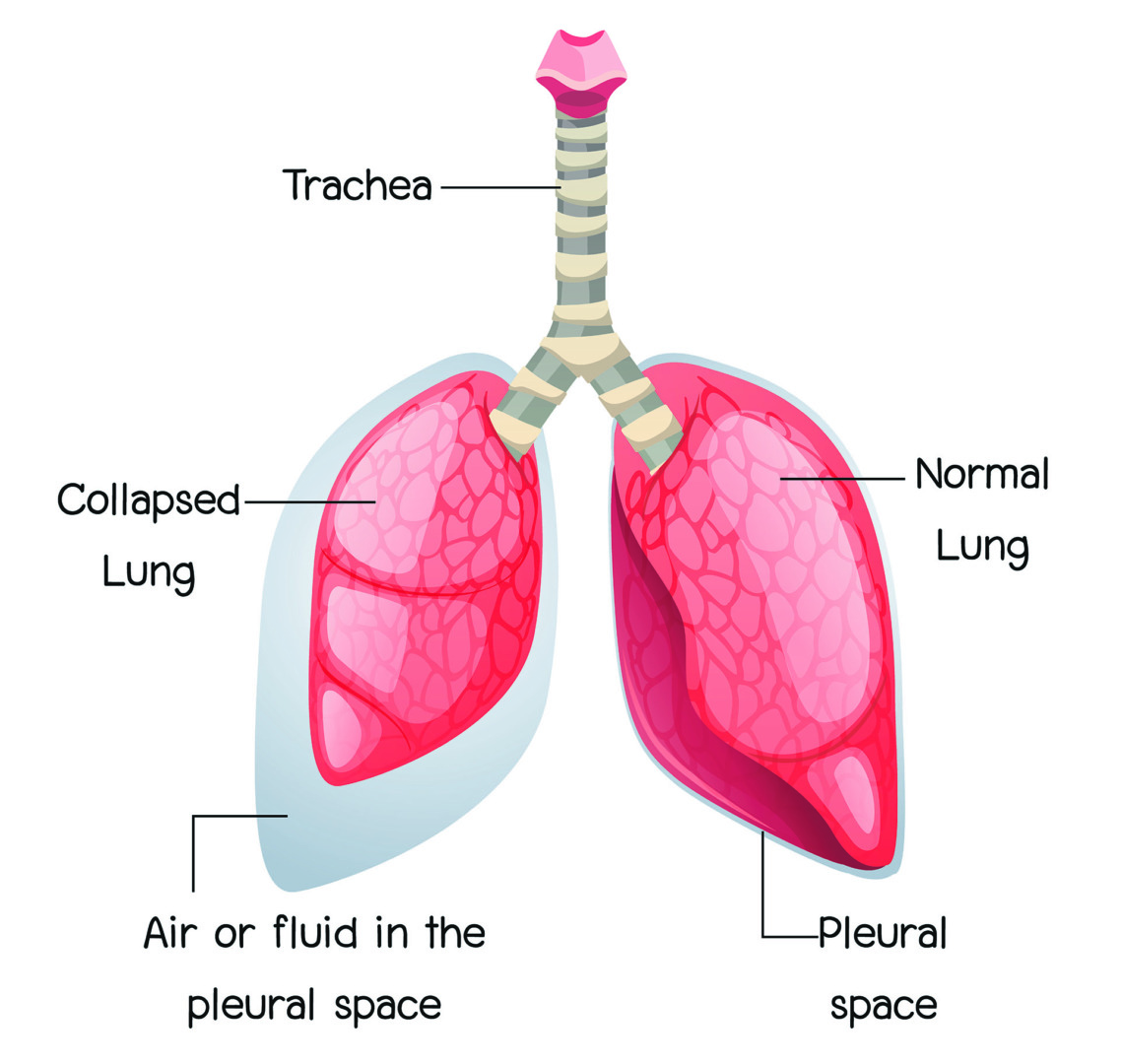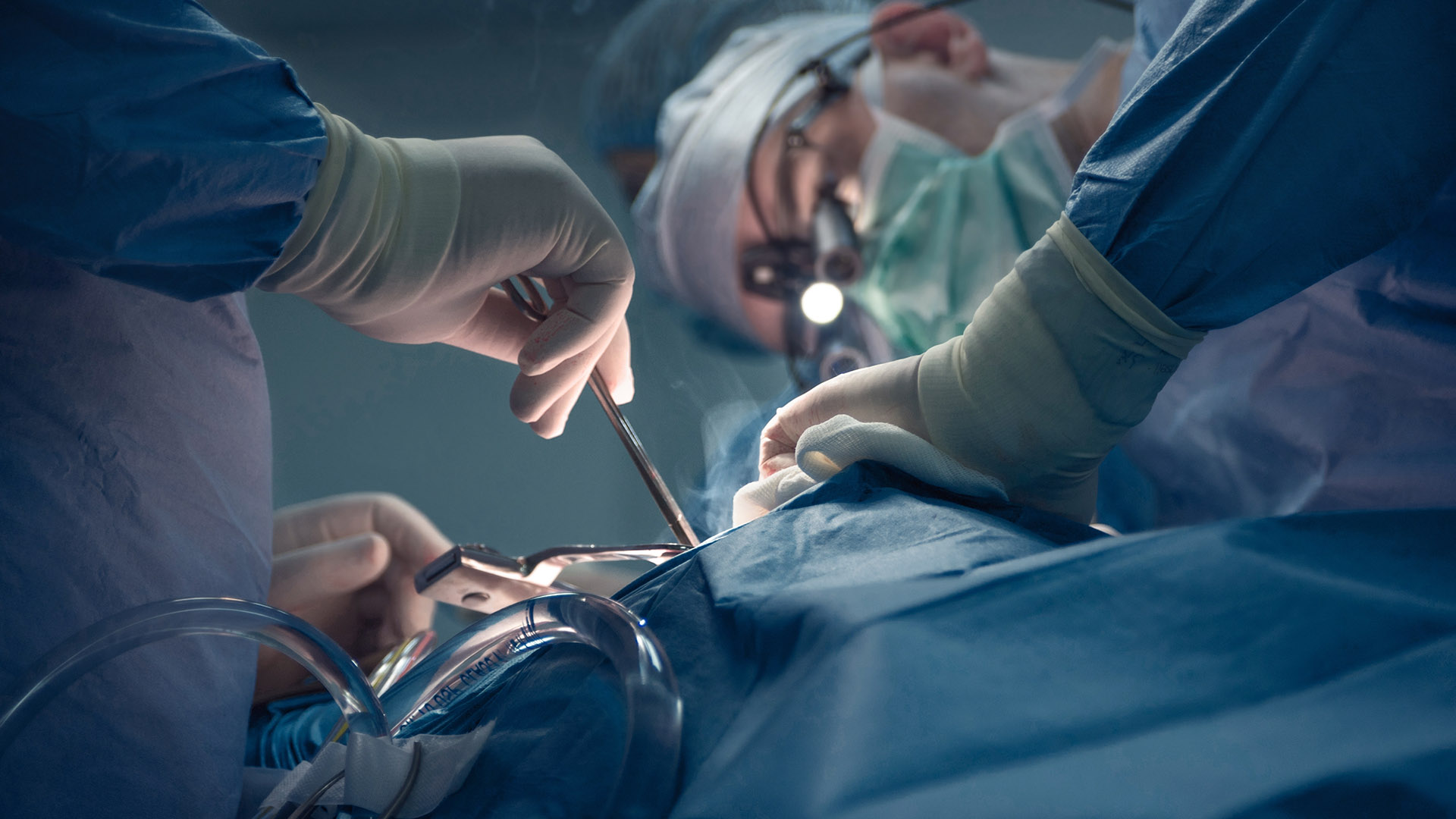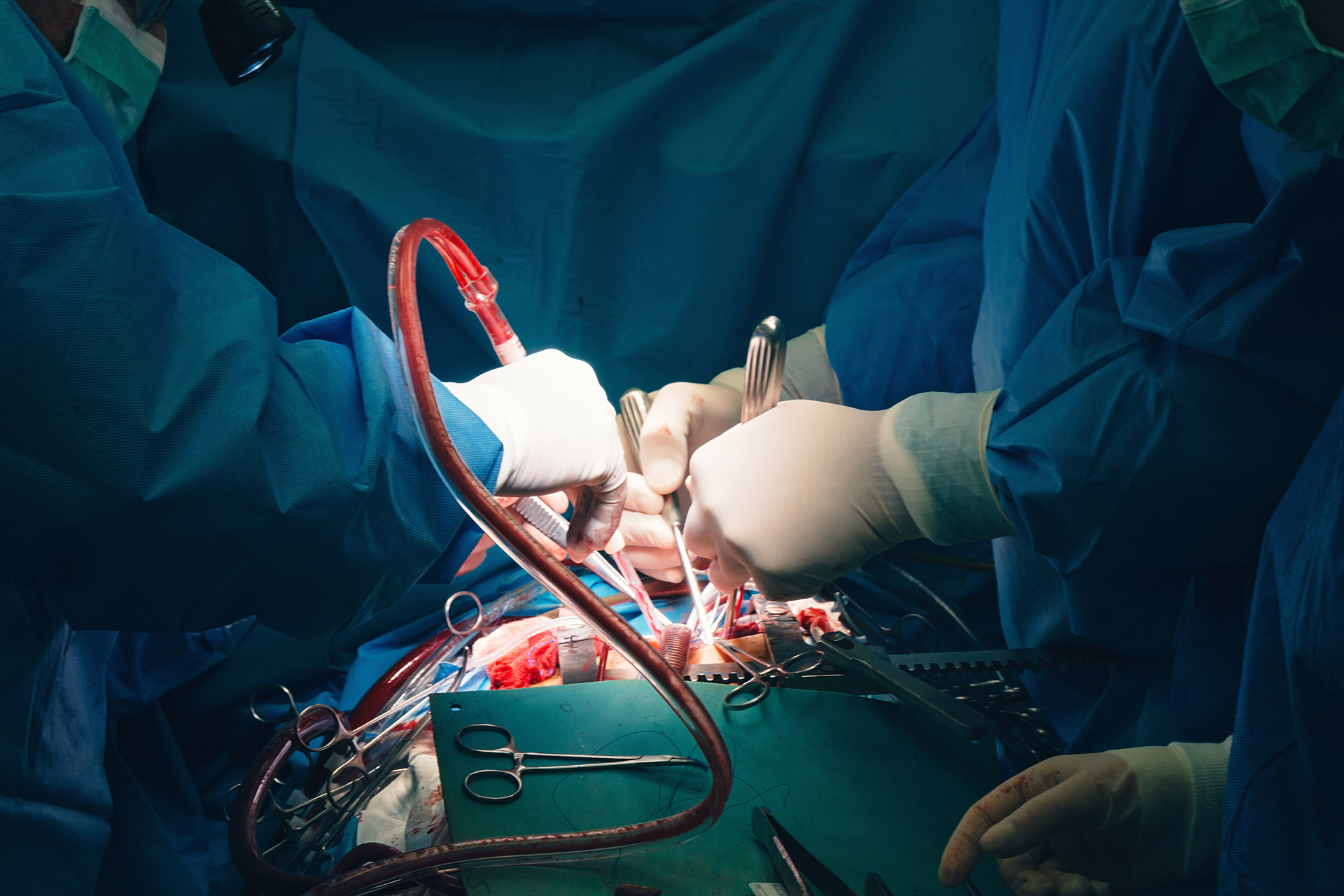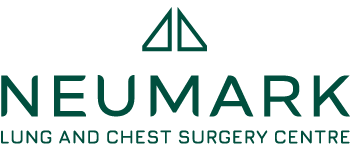Lying in a hospital bed, staring at the ceiling and struggling to take a full breath is a scary experience. This can happen if a lung collapses. In this condition, medically known as pneumothorax, the air that should be in your lungs instead goes into the space between the lung and chest wall, often due to changes in air pressure and partial or complete lung collapse. This is a life-threatening condition that requires immediate medical attention and, in many cases, surgery. Whether you have experienced this yourself or are supporting someone through recovery, understanding the complexities of collapsed lung surgery can help you navigate this medical journey.

Pneumothorax: When Your Lung Collapses
A pneumothorax occurs when air enters the pleural space between your lung and chest wall. The pleura, a double-layered membrane surrounding the lungs, is crucial in maintaining lung function. This unwanted air creates pressure that prevents the lungs from expanding properly during inhalation, causing partial or complete lung collapse.
Pneumothorax can be spontaneous (no apparent cause), traumatic (from chest injury) or iatrogenic (a complication of medical procedures). In the latter case, some people get a collapsed lung after surgery as treatment for a different condition.
The severity ranges from mild, where a small part of the lung collapses and may heal on its own, to a severe condition known as a tension pneumothorax. This is a medical emergency in which air accumulates in the pleural space, compressing the lung and potentially shifting vital structures in the chest. This must be treated promptly.
Common symptoms include sudden, sharp chest pain that worsens with breathing or coughing, shortness of breath, a rapid heart rate, blue skin due to oxygen deprivation in severe cases, fatigue, and a tight feeling in the chest. If you experience these symptoms, seek medical attention immediately, as prompt treatment can help prevent serious complications.

Types of Pneumothorax
Pneumothorax can be classified into different types, including the following:
- Spontaneous pneumothorax – occurs without apparent cause
- Traumatic pneumothorax – caused by lung injury, such as a knife wound or rib fracture
- Secondary spontaneous pneumothorax –caused by underlying lung disease, such as chronic obstructive pulmonary disease (COPD) or pneumonia
Knowing the type of pneumothorax is important in determining the best course of treatment.

From Symptoms to Surgical Decision
When a patient presents with symptoms of pneumothorax, doctors will start with a thorough physical examination, listening for decreased breath sounds on the affected side of the chest. Chest X-rays are the gold standard diagnostic tool for pneumothorax, clearly showing the collapsed lung and air in the pleural space. In some cases, a biopsy may be done to rule out underlying conditions such as cancer. In complex cases, CT scans may provide more detailed images of the chest to determine the extent of collapse and the potential causes.
After diagnosis, the medical team assesses the severity and cause of the pneumothorax to determine the best course of treatment. For recurrent or significant collapses, surgery is often necessary, especially for patients with high recurrence risk factors or those whose lifestyle or occupation makes recurrence particularly dangerous, such as pilots and scuba divers.

When Surgery Can Be Avoided
Before surgery, doctors will try less invasive treatments. Careful monitoring and oxygen therapy may be sufficient to manage the condition for small pneumothoraces (less than 15-20% collapse). Patients may sometimes need extra oxygen to help their lungs re-expand more efficiently.
For moderate collapses, needle aspiration may be attempted, where a thin needle is inserted into the chest to withdraw excess air. Chest tube insertion (a thoracostomy) is necessary in more severe cases. This procedure involves placing a flexible tube between the ribs to continuously remove air, allowing the lung to re-expand gradually over several days. Surgery becomes the recommended course of action when these approaches fail or patients have recurrent pneumothoraces.

Surgical Options
Surgical treatment for a collapsed lung focuses on expanding the lung and preventing future occurrences. The two main surgical approaches are video-assisted thoracoscopic surgery (VATS) and thoracotomy, a more invasive procedure compared to thoracostomy.
VATS is the preferred method because of its minimally invasive nature. During this procedure, the surgeon makes several small incisions in the chest wall and inserts a tiny camera (thoracoscope) and specialised instruments. This allows for precise visualisation and treatment of the affected area with minimal tissue damage. The surgeon identifies and addresses the source of air leakage, typically by removing abnormal lung tissue, such as blebs or bullae, that caused the collapse. Addressing air leaks is key to preventing recurrence and successful lung re-expansion.
Thoracotomy involves a larger incision in the chest wall, providing direct access to the lung. This more invasive approach may be necessary for complex cases or when VATS is not possible. For example, patients with underlying conditions such as emphysema may require more extensive surgical intervention.
The surgeon will perform two critical interventions during either procedure: pleurodesis and pleurectomy. Pleurodesis involves creating controlled inflammation that causes the outer lung surface to adhere to the chest wall, eliminating the space where air can accumulate. This can be done using chemicals or by abrading the pleural surface. Pleurectomy involves removing parts of the pleural lining to achieve the same adhesion. These procedures significantly reduce recurrence rates, with success rates above 95% in most surgical centres. Understanding the anatomy of the thoracic cavity is crucial for performing these procedures effectively.

Postoperative Care After Collapsed Lung Surgery
Recovery after collapsed lung surgery involves both hospital and at-home care. Patients are hospitalised for monitoring, usually with a chest tube to ensure proper lung re-expansion and drainage of any remaining air or fluid. During this period, monitoring for complications such as blood accumulation in the thoracic cavity is also essential. The tube is removed once imaging confirms the lung has fully re-expanded and no air leaks persist, which usually takes 2-5 days. Pain management is a crucial aspect of recovery. While minimally invasive approaches cause less discomfort than traditional thoracotomy, most patients will still experience some level of pain that needs to be managed.
Once home, patients can expect to gradually return to their normal activities. Light activities can usually be done within a week or two, but strenuous exercises, such as heavy lifting and air travel, should be avoided for 4-6 weeks. Your specialist will provide breathing exercises and graduated physical activity to help restore lung function and chest wall mobility.
Most people will fully recover within 6-8 weeks. However, individual recovery times vary depending on overall health, surgical approach, and compliance with postoperative instructions.

Complications and Long-Term Outcomes
Like any surgical procedure, collapsed lung treatment surgery has risks. Complications can include infection, bleeding, prolonged air leak, chronic pain and anaesthesia-related issues. These complications can affect a patient’s recovery and overall quality of life. However, when performed by experienced thoracic surgeons using advanced technology, serious complications are rare.
Long-term outcomes after surgery are excellent. The recurrence rate after proper surgical treatment is less than 5%, compared to 30-50% with non-surgical management. Most patients will return to pre-pneumothorax activity levels without restrictions, and lung function will recover completely or nearly completely.

Prevention and Management
You can prevent pneumothorax by managing underlying medical conditions, such as lung diseases, and avoiding activities that increase the risk of pneumothorax, including scuba diving. Patients with lung surgery or a pneumothorax should follow up with their doctor regularly to monitor their condition and prevent recurrence.
Patients with pneumothorax should avoid certain activities, such as flying or playing a wind instrument, until their condition is fully treated and their doctor clears them. Regular follow-up with their doctor is crucial to monitor their condition and prevent recurrence.

Taking the Next Steps
Understanding collapsed lung surgery treatment empowers patients to take control of their recovery. If you or someone you know has been diagnosed with pneumothorax or is recovering from related surgery, seek specialised care at the Neumark Lung & Chest Surgery Centre. Our thoracic surgeons utilise the latest minimally invasive techniques to achieve optimal results and a swift recovery. Call us today to learn more or schedule an appointment and receive specialised lung care.

